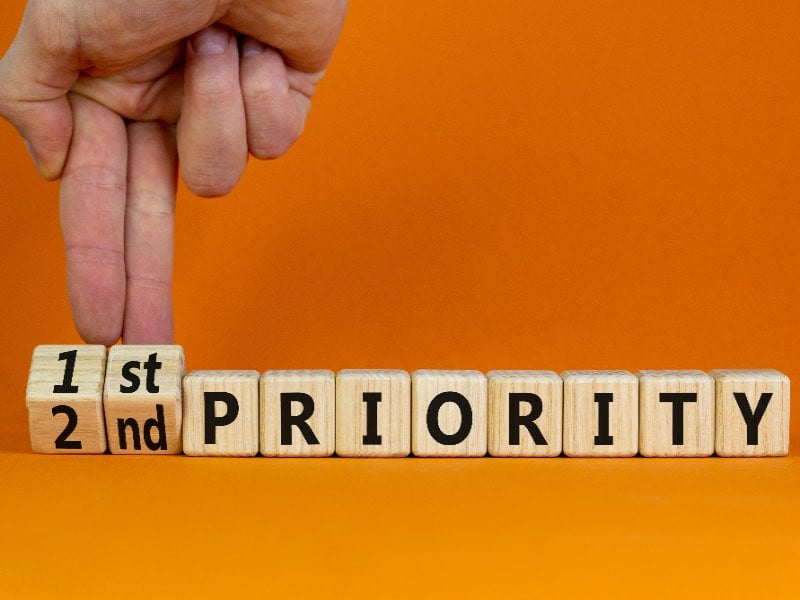Before the spend or after the spend
Point in time vs over a period of time
Loyalty v Choice
Initial Offer to First time buyers?
Incentive v Reward v Appreciation and Recognition
We all know of the Australia tax (for being loyal to the cause we will charge you more up-front and then “trickle-down” post spending rewards (in effect giving you a non-cash discount) to redeem on anything from us (golden handcuffs)
And then there’s attraction carrots (credit card churning comes to mind) to get you to sign up
Then there’s potential retention Strategies - sharing the spoils of the profits
And potential maintenance strategies ( keep you in the game
Previously known as JASA (RIP) with the current strategy Double Status credits or triple points for example of 50% bonus on Top-up points
And there’s retention strategies like comp’d status membership or extra points to stay (like with AMEX)
Bizarrely if you’d like to keep your status please spend 80,000 - 120,000 points to do so - they should be gifting me points to stay but there you go (supply and demand) like a riveting video game that keeps you coming back for more and more
UNTIL
You discover the ease of earning is not quite the same as the complex web of redeeming and no, I don’t want another toaster even if it’s fancy light green one like my mother has)
UNTIL
you self-fund after quitting that job that was providing all that “free to you” travel (in our case, status credits but zero FF points) AND professional allowances to keep our CPD Upto date. (Negatively geared just like a rental property = perfecto)
UNTIL
life time Platinum is so out of reach that why bother
Learn how to use likelihood to buy models to improve your marketing.

blog.hubspot.com
“Using predictive analytics, the system is able to differentiate discounts across customers, leading to higher sales and retention without increasing costs. Customers are ranked according to their likelihood to buy. Based on that ranking, the business is able to determine which discounts would obtain the optimal response from each customer and offer minimal discounts through email or mailed postcards to customers who were already deemed likely to buy and offer larger discounts for customers who were less likely to buy. This drove incremental margin from customers who were already motivated to buy and incremental revenue from customers who previously felt no incentive to buy.”
That’s the loyalty side of the business. I think airlines have a way to go to really personalise offers
And then the epiphany
AFF can offer you far more tips, tricks and features than any airline loyalty program which has morphed off into the lala land of “share of wallet” across all categories
Phew because of AFF, many spent $2,500 - $3,600 on WP status
Instead of the “slow-burn” way of around at least $15,000 (if not considerably more)
This savings in its own way is reward enough with no thanks to the actual Loyalty program itself We learnt the rules, we adopted an adventurous exploratory approach, we scooped up discounted fares at the right time when DSC came our way (and even got DSC Barcaldine - Longreach FLEXI fares to put into credit to use later on to keep racking up them DSCs to keep status going for another year or two) or flying offshore with a nested ticket to Asian capitals to skewer that Australia tax to pieces
So What’s the Q airline response ?
A long running 35% discount on inflated price domestic J Fares
Well, it’s a start but almost always does the bank win.
The only fair price on dynamically priced fares that appear anywhere close to the cost of running the business are on the LCC Where there’s no loyalty offering
Fair priced Fares ?
Dream On!

 www.australianfrequentflyer.com.au
www.australianfrequentflyer.com.au
















